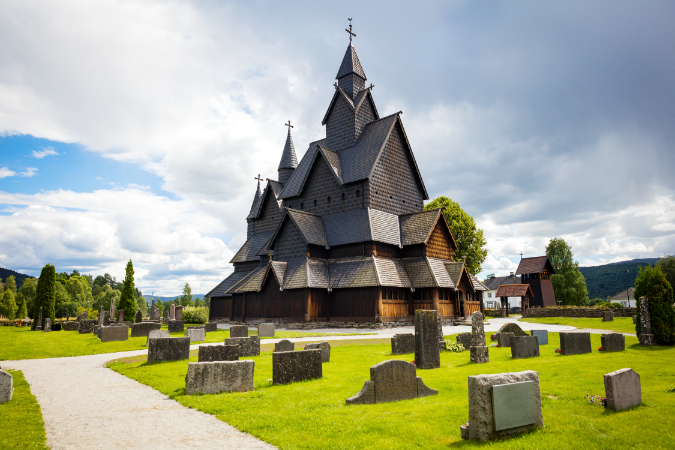The history of Scandinavia is marked by its unique cultural traditions, its strategic location at the crossroads of Europe and the North Atlantic, and its rugged natural landscape. In addition to the Viking Age, which is often considered the most famous aspect of Scandinavian history, the region has seen a number of significant historical events and cultural developments throughout the centuries.
One of the key events in the history of Scandinavia was the Kalmar Union, which was established in 1397 and lasted until 1523. The union was a political alliance between the kingdoms of Denmark, Norway, and Sweden, and it allowed for greater stability and prosperity in the region.
During the Renaissance, Scandinavia experienced a period of cultural and intellectual growth, with a focus on the arts, science, and philosophy. The region also played a significant role in the Protestant Reformation, with Denmark and Sweden becoming Protestant states in the 16th century.
In the 19th century, Scandinavia experienced significant industrialization, with the growth of industries like shipbuilding, manufacturing, and trade. This period of economic growth also saw the expansion of social welfare systems, with the establishment of pensions, unemployment benefits, and other forms of support for the population.
Today, Scandinavia is known for its progressive societies, strong economies, and stunning natural beauty. The region is home to a rich cultural heritage, with festivals, museums, and other cultural institutions that celebrate the region’s history and traditions. In addition, Scandinavia is also known for its commitment to sustainability, with a focus on renewable energy, clean technology, and environmental protection.
Whether you are interested in exploring the natural beauty of the region, discovering its rich cultural heritage, or learning about its progressive societies and strong economies, Scandinavia is a region that has much to offer.
In addition to its rich cultural heritage, stunning natural beauty, and progressive societies, Scandinavia is also home to a number of world-class museums that showcase the region’s history and cultural traditions. Here are some of the most notable museums in Scandinavia:
- The National Museum of Denmark: Located in Copenhagen, this museum provides an in-depth look at the history of Denmark, including its prehistoric origins, the Viking Age, and the country’s role in European history.
- The Vasa Museum: Located in Stockholm, this museum is dedicated to the 17th-century warship Vasa, which sank on its maiden voyage and was later recovered and restored. The museum provides an in-depth look at the ship, as well as the era in which it was built.
- The Munch Museum: Located in Oslo, this museum is dedicated to the works of the Norwegian painter and printmaker, Edvard Munch. The museum houses a large collection of Munch’s works, including some of his most famous pieces, such as “The Scream.”
- The National Museum of Finland: Located in Helsinki, this museum provides an in-depth look at Finnish history and culture, including the country’s cultural heritage, natural history, and scientific achievements.
- The National Museum of Lithuania: Located in Vilnius, this museum provides an in-depth look at Lithuanian history, including the country’s medieval heritage, its role in the Reformation, and its struggles for independence in the 20th century.
These are just a few of the many museums that can be found in Scandinavia, each offering a unique glimpse into the region’s rich history and cultural traditions. Whether you are interested in exploring the Viking Age, learning about the country’s role in the Protestant Reformation, or discovering the works of one of Scandinavia’s greatest artists, these museums have something for everyone.


Comment (0)